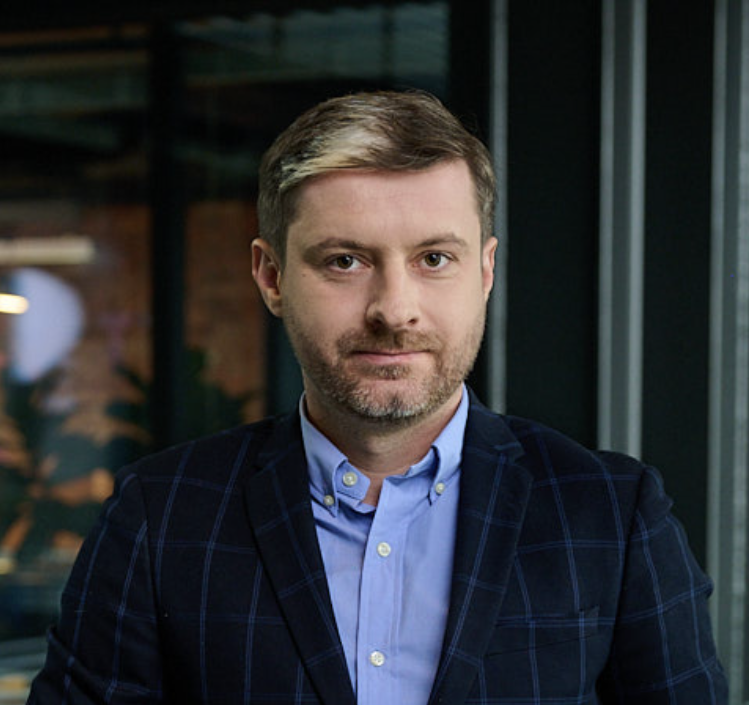Migrating to Veeva Vault CRM is much more than a technical upgrade. It’s a transformation that touches every process in commercial operations: from how reps engage with HCPs to how data flows across systems. With the legacy Veeva CRM on Salesforce set to be phased out by 2030, companies across the Life Sciences are preparing for the transition.
But success in a Vault CRM migration isn’t just about technology. It’s about coordination and knowing who owns what, and ensuring the right people take responsibility for the proper outcomes.
That’s where the Vault Migration working model comes in and when applied early, it brings structure to complexity and sets the foundation for a successful collaboration between Veeva, the Customer, and the Migration Partner.
According to the Vault Migration working model structure, Veeva is responsible and accountable for the core migration itself. That means handling the environment setup, Vault configuration and customization, technical enablement, and the data migration from legacy CRM to Vault CRM.
Veeva also drives the Org and Customization Assessments, ensuring that the new system is technically sound and compliant. Once live, it remains responsible for the ongoing product lifecycle, updates, upgrades, and technical support.
In other words, Veeva owns the Vault platform, including its infrastructure, functionality, and compliance with industry standards.
While Veeva builds and migrates the core, the Migration Partner ensures that everything around it connects, communicates, and performs seamlessly. This means owning the integrations and custom applications that are often the most complex and business-critical parts of a migration. For many Life Sciences organizations, these systems, from CLM and DAM platforms to analytics, consent management, sampling, and downstream reporting, form the backbone of commercial operations.
An experienced partner brings the technical expertise to redesign and replatform these integrations for Vault CRM, ensuring continuity for users from day one. They also manage data mapping and cleansing, bridging the gap between old and new structures so that migrated data remains consistent and usable.
Partners with experience in large-scale, multi-country deployments know how to connect Vault with external commercial and analytics systems, such as ERP, BI, data warehouses, consent and sampling tools, and marketing automation platforms, while maintaining full validation traceability, compliance, and data integrity across the ecosystem.
These integrations are where the real business value happens and where a partner’s experience makes all the difference.
Veeva CRM will reach end-of-life by 2030. For life sciences companies, this means planning a smooth transition to Veeva Vault CRM or alternative solutions. Discover how Craftware helps minimize risk, ensure compliance, and turn migration into an opportunity for transformation.
With multiple parties involved, internal teams, Veeva, and often other vendors the complexity of a migration can grow quickly. The Migration Partner assumes a central role in program management, ensuring that every stream operates in sync and that dependencies are managed effectively.
This includes establishing governance, tracking deliverables, and aligning teams across technical and business domains. The partner acts as the single point of coordination, ensuring that everyone follows a standard plan and that key milestones are met without disruption.
A strong governance structure also provides transparency, allowing priorities to shift without compromising proactive risk management.
Customer and Partner: Shared Ownership in Testing and Adoption
Testing and validation are shared responsibilities. While Veeva ensures that the Vault environment functions as designed, the Customer and Partner conduct UAT together, validating business processes, integrations, and user experience.
The Partner leads system integration testing (SIT) and provides traceability documentation, while the Customer ensures that real business scenarios are covered. This collaboration shortens feedback loops, ensures the solution reflects real-world use, and keeps validation aligned with internal QA expectations.
Beyond testing, the Partner also supports change management and communication, helping business users adapt to new ways of working. For global rollouts, this often includes local enablement strategies, adoption dashboards, and role-specific training.
Change management is often underestimated, yet it’s one of the most significant success factors. Even the best system fails if users aren’t confident and informed. The Partner helps bridge that gap.
The Customer: Business Vision and Data Ownership
The Customer defines the business objectives, process scope, and priorities for the migration. They own the strategy and ensure the solution reflects global goals and local realities.
Customers also manage data ownership and governance, deciding which sources become the system of record, how much historical data to migrate, and how to handle retention and quality. Their role is to ensure that the new CRM supports actual business operations rather than just technical requirements.
After go-live, they take over Tier 1–2 support and performance tracking, supported by both the Partner and Veeva.
Change Doesn’t Stop at Go-Live
After the migration, the focus shifts from delivery to optimization. The Partner typically remains engaged during hypercare, ensuring smooth handover and quick resolution of early issues.
Together, the Customer, Veeva, and the Partner define a support model that includes escalation paths, release management, and continuous improvement mechanisms. The goal is not just system stability but ongoing value, turning the migration into a foundation for smarter, faster, and more compliant operations.
Final Thoughts
The Vault Migration working model clearly states that Veeva owns the Vault CRM core migration, but the program’s success depends on everything surrounding it.
An experienced Migration Partner connects those dots. They bring integration expertise, project structure, and a change management approach to keep the transformation on track. By ensuring that systems, teams, and data align, they turn what could be a technical upgrade into a strategic evolution.
In the end, technology alone doesn’t deliver success; collaboration does.
- Business Systems Analyst
-
A business analyst with extensive experience across all stages of the customer lifecycle, having worked in marketing, sales, and customer service, though most closely connected to the former. He has extensive experience in the Life Sciences industry, where he serves as a business analyst and is currently involved in Veeva migration activities. For several years, he also conducted practical postgraduate courses in Salesforce CRM and Marketing Automation at one of Warsaw’s universities.
Read the report
Use your business email to access the page


